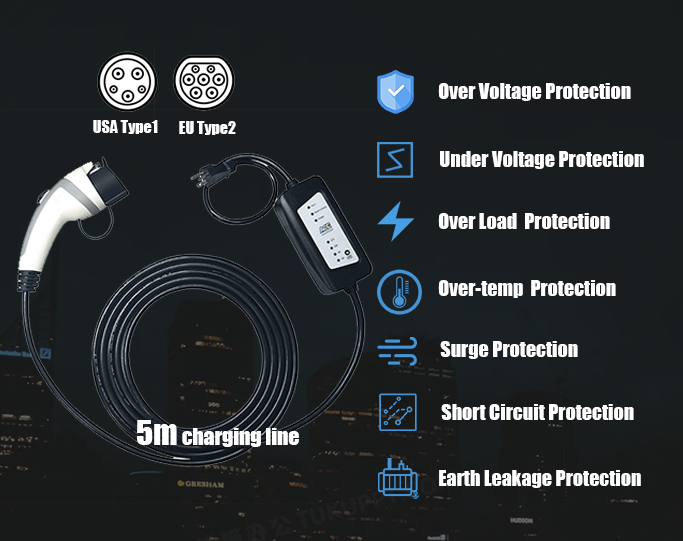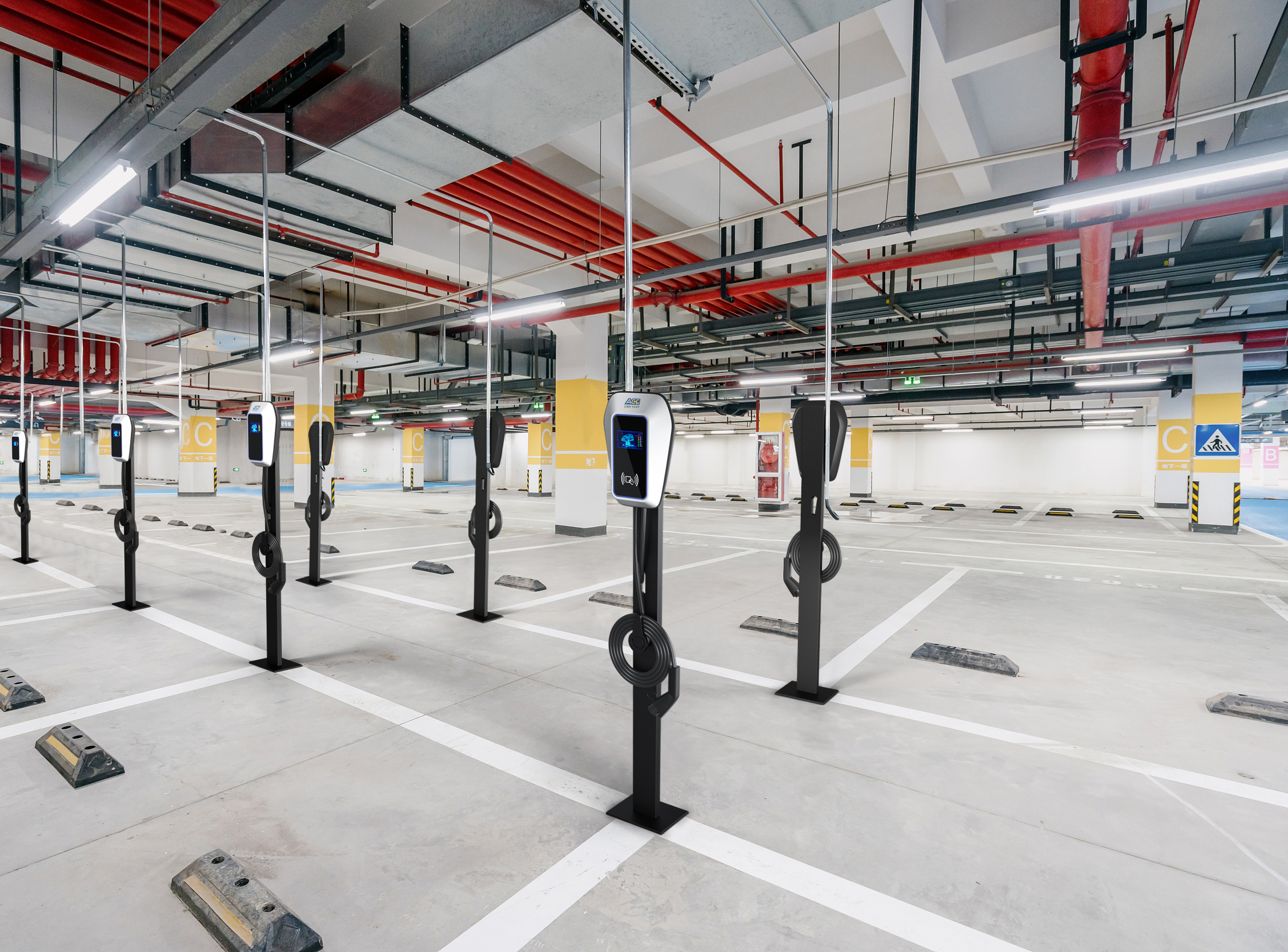In the years to come, your regular gas station may get a bit of an update. As more and more electric vehicles hit the roads, electric vehicle charging stations are proliferating, and companies like the ones that Acecharger is developing.
Electric cars do not have a gas tank: instead of filling the car with liters of gasoline, it is enough to connect it to the charging station to refuel. The average driver of an electric vehicle carries out 80% of the charging of his car at home.
For that, one question comes to mind: how do electric vehicle charging stations work? Let’s answer that in this post.
This article features the following 4 models:
1.How do electric vehicle charging stations work in the past
2.Level 1 Charging Stations
3.Level 2 Charging Stations
4.DC Fast Chargers (also called Level 3 Charging Stations)
1. How do electric vehicle charging stations work? Let’s examine the past
The technology of electric vehicles has existed since the 19th century, and the fundamentals of those first electric vehicles are not very different from those of today.
A bank of rechargeable batteries provided the power to turn the wheels and propel the car. Many early electric vehicles could be charged from the same outlets that powered lights and appliances in turn-of-the-century homes.
Although it is hard to imagine the battery-powered car at a time when the primary source of road traffic was horse-drawn carriages, the fact is that early inventors experimented with all kinds of propulsion systems. That goes from pedals and steam to batteries and, of course, liquid fuel.
In many ways, electric vehicles seemed to be at the forefront of the race to mass production because they didn't need huge water tanks or heating systems to create steam, and they didn't emit CO2 and make a noise like gasoline engines.
However, electric vehicles ended up losing the race until now due to various factors. The discovery of vast oil fields made gasoline cheaper and more widely available than ever. Improving roads and highway infrastructure meant that drivers could leave their neighborhoods and fill the highways.
While gas stations could be set up almost anywhere, electricity was still a rarity in areas outside the big cities. But now technological advances in battery efficiency and design allow modern electric vehicles to travel hundreds of miles on a single charge. The time of electric cars has come with the help of companies such as Acecharger.
How do electric charging stations for electric vehicles work today?
Simplifying it to the maximum: a plug is inserted into the charging socket of the vehicle and the other end is connected to an outlet. In many cases still, the same one that powers the lights and appliances in a house.
Types of charging stations for electric cars
Charging an electric car is a simple process: plug the car into a charger connected to electricity.
However, not all electric charging stations for electric vehicles are the same. Some can be installed simply by plugging them into a conventional outlet, while others require custom installation. The time it takes to charge the car also varies depending on the charger used.
Electric vehicle chargers typically fall into one of three main categories: Level 1 Charging Stations, Level 2 Charging Stations, and DC Fast Chargers (also called Level 3 Charging Stations).
2. Level 1 charging stations
Level 1 chargers do use a 120V AC plug. It can easily be plugged into any standard outlet.
Unlike other types of chargers, level 1 chargers don’t require the installation of additional equipment, which truly makes things easier. These chargers typically provide 3 to 8 km of range per hour of charge and are most often used in the home.
Level 1 chargers are the cheapest option, but they also take the longest to charge your car battery. These types of chargers are often used by people who live near their work or who charge their cars overnight.
3. Level 2 charging stations
The level 2 charger options are frequently used for residential and commercial stations. They use a 240V (for residential use) or 208V (for commercial use) plug and, unlike Level 1 chargers, cannot be plugged into a standard outlet. Quite frequently they require a professional electrician to install them. They can also be installed as part of a photovoltaic system.
The Level 2 chargers for electric cars offer between 16 and 100 kilometers of autonomy per hour of charge. They can fully charge an electric car battery in as little as two hours, making them an ideal choice for both homeowners who need fast charging and businesses who want to offer charging stations to their customers.
Many electric car manufacturers have their own level 2 chargers. Companies like Acecharger, offer high-end chargers of this kind.
4. DC fast chargers
DC fast chargers, also known as level 3 or CHAdeMO charging stations, can offer 130 to 160 km of range for your electric car in just 20 minutes of charging.
However, they are normally only used in commercial and industrial applications, as they require highly specialized and powerful equipment for installation and maintenance.
Not all electric cars can be charged with the use of DC fast chargers. Most plug-in hybrid vehicles do not have this charging capability, and some 100% electric vehicles cannot be charged with a DC fast charger.
Once the car has been "filled" with electricity, the autonomy will depend on the specifications of the vehicle. More batteries can supply more power but also mean more weight for the motor to move.
Fewer batteries can make for less curb weight and more efficient driving, though with a much shorter range and slower recharge time that can cause longer journeys more difficult.
If you want to experience a high-end EV charging station, contact us. Check out the Acecharger and say goodbye to the old-fashioned options. Our products truly stand out from any competitors!




